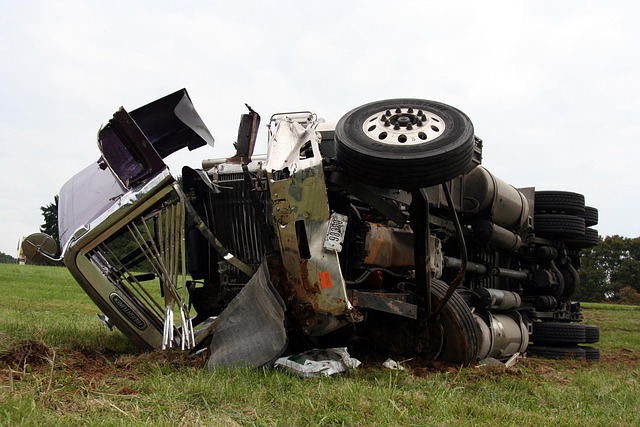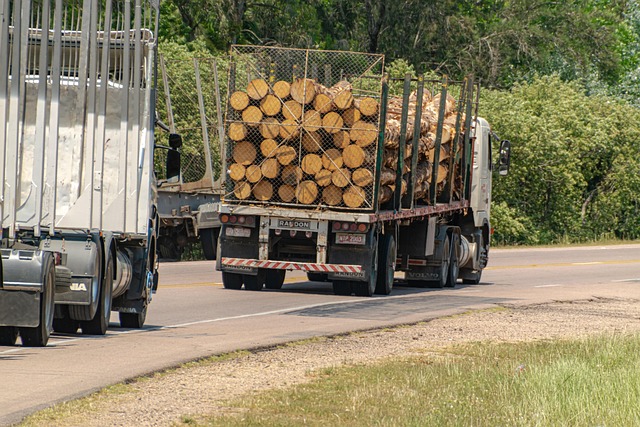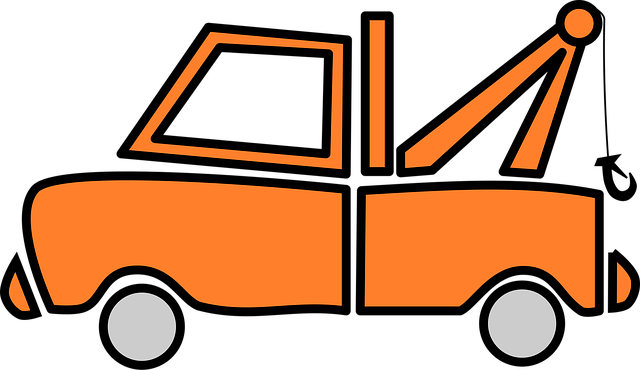Learn how to navigate the process of registering your car in California with our comprehensive guide. Understanding state requirements is key, so start by familiarizing yourself with the essential steps. Gather all needed documents for a smooth VIN verification process. Then, perform a Vehicle Identification Number (VIN) check to ensure everything is in order. Next, apply for your title and registration at the DMV, pay the corresponding fees, and obtain your personalized license plate.
- Understand California Car Registration Requirements
- Gather Necessary Documents for VIN Verification
- Perform Vehicle Identification Number (VIN) Check
- Apply for Title and Registration with DMV
- Pay Registration Fees and Get Your Plate
Understand California Car Registration Requirements

Before registering your car in California, it’s crucial to understand the state’s specific requirements. One vital aspect is ensuring that the Vehicle Identification Number (VIN) is accurately verified. This process, often conducted through a mobile vin verifier or a vin inspection, checks the vehicle’s history and ensures it meets all necessary standards.
In California, a car’s registration typically involves verifying the VIN with the Department of Motor Vehicles (DMV). A mobile vin inspection service can facilitate this by providing on-site verification, ensuring that your vehicle’s registration process is smooth and efficient. This step is critical to avoid any legal issues and to confirm the car’s authenticity.
Gather Necessary Documents for VIN Verification

Before you begin the car registration process in California, it’s crucial to gather all necessary documents for VIN (Vehicle Identification Number) verification. This step is essential as it ensures that your vehicle meets safety and environmental standards set by the state. You’ll need basic paperwork like a valid driver’s license or state ID card, proof of insurance, and your current car registration (if applicable). Additionally, you must have your vehicle’s VIN readily available, either through its listing on the title document or by checking it on the dashboard near the window.
For a smoother process, consider using mobile VIN verification services that can digitally inspect and validate your vehicle’s information remotely. These services not only save time but also offer convenience, especially if you’re busy with other commitments. Ensure that any documentation provided aligns with what the state requires to avoid delays in the registration process.
Perform Vehicle Identification Number (VIN) Check

Before registering your car in California, performing a Vehicle Identification Number (VIN) check is a crucial step. This process involves verifying the VIN’s authenticity and ensuring it matches the vehicle’s actual make, model, and year. You can conduct this verification through various methods, including using an online VIN checker or even a mobile vin verifier app for convenience.
A VIN inspection is essential as it helps protect you from potential fraud or stolen vehicles. By cross-referencing the provided VIN with reliable databases, you can get detailed information about the car’s history, including any accidents, outstanding loans, or reported damages. This knowledge empowers you to make an informed decision before completing the registration process. Consider using a mobile vin verification service for a quick and efficient way to complete this critical step in California car registration.
Apply for Title and Registration with DMV

To officially register your car in California, the first step involves applying for the Title and Registration with the Department of Motor Vehicles (DMV). Before submitting your application, ensure that all necessary documents are gathered, including proof of ownership, vehicle identification number (VIN) verification, and any other required forms. The VIN is a unique code that can be used to access crucial vehicle information during the registration process.
One efficient way to obtain VIN verification is through mobile vin inspection services. These services allow you to quickly validate your car’s details by checking the VIN against state databases. This streamlines the initial steps of registration, making it more convenient for California residents to get their vehicles registered promptly.
Pay Registration Fees and Get Your Plate

After completing your vehicle’s registration application and providing all necessary documents, it’s time to pay the registration fees. California charges a base fee along with additional costs based on factors like vehicle type and emissions standards. Once the payment is processed, you’ll receive your registration certificate. This document grants your vehicle official status on California roads.
Before you can drive your newly registered car, you need to obtain license plates. You can request standard plates or consider specialized options if your vehicle has unique characteristics. Ensure that your plates are properly displayed on both sides of the vehicle for easy identification. If you prefer a quicker process, some services offer mobile VIN verification and plate delivery, including vin inspection through a mobile vin verifier, which can be convenient for busy individuals.
Registering a car in California involves understanding specific requirements, gathering essential documents, and completing critical steps like VIN verification. By adhering to these guidelines, from performing a vehicle identification number (VIN) check to applying for title and registration with the DMV, you’ll be on your way to securing your vehicle’s legal status promptly. Remember, proper documentation and compliance with California’s car registration process ensure a smooth ownership experience.
